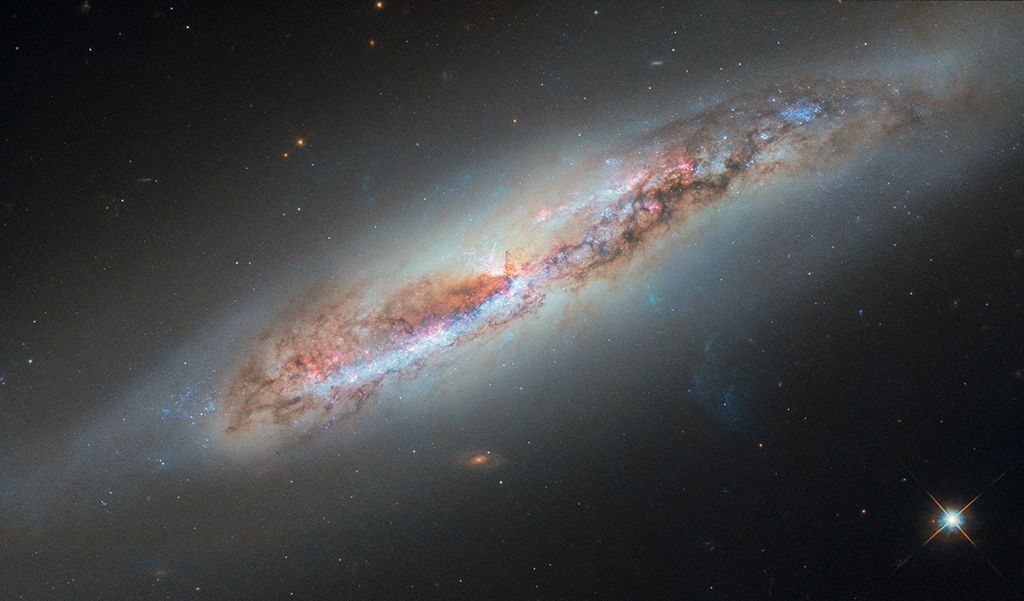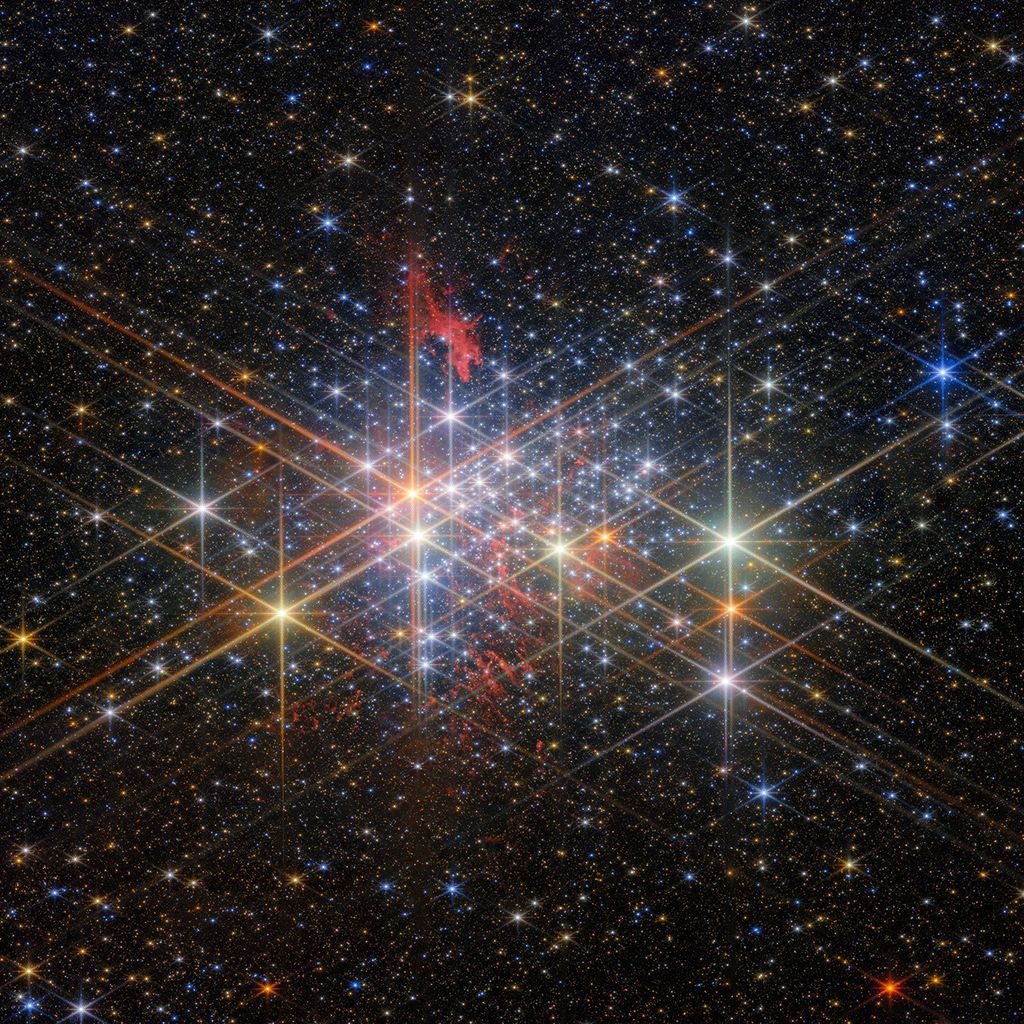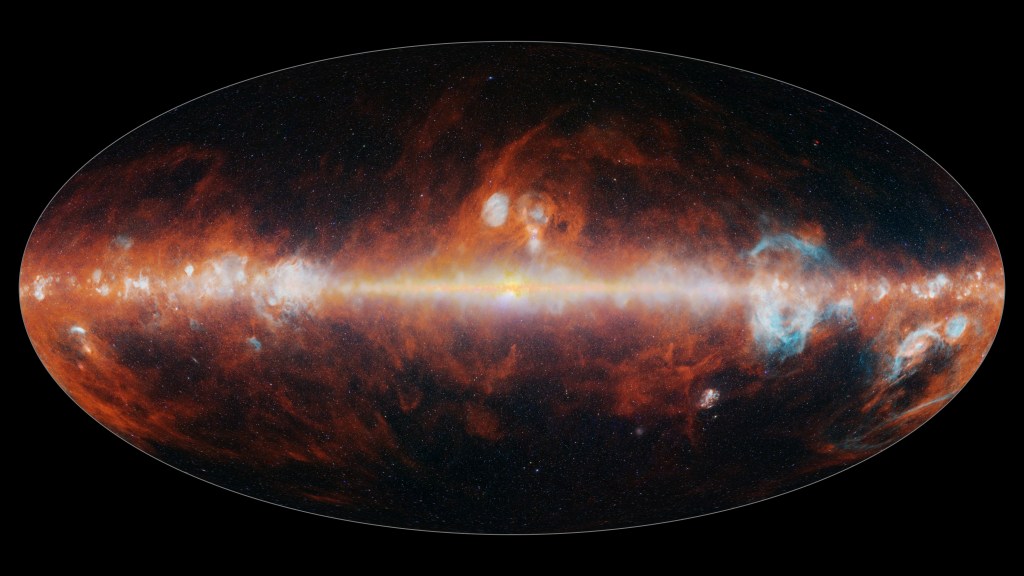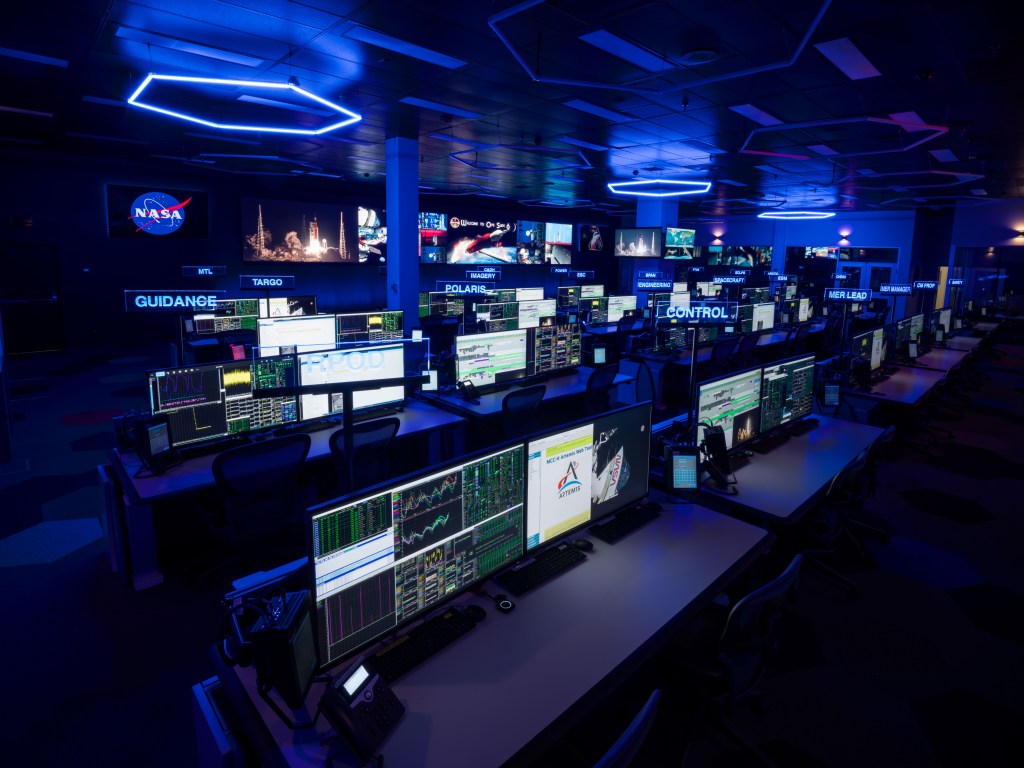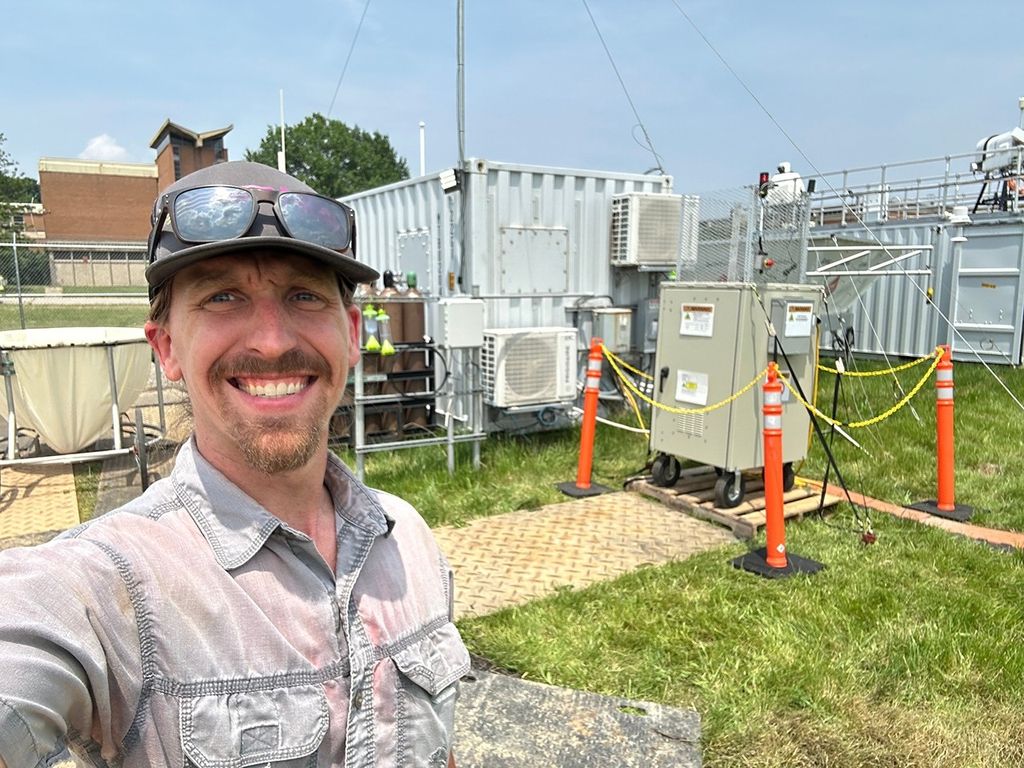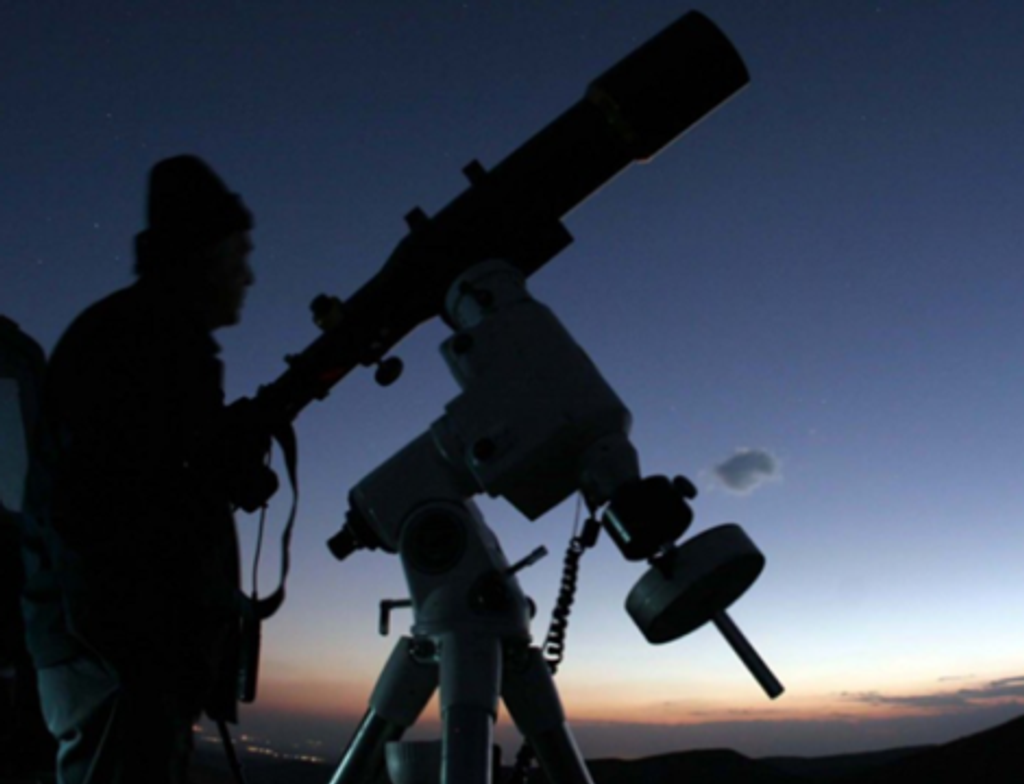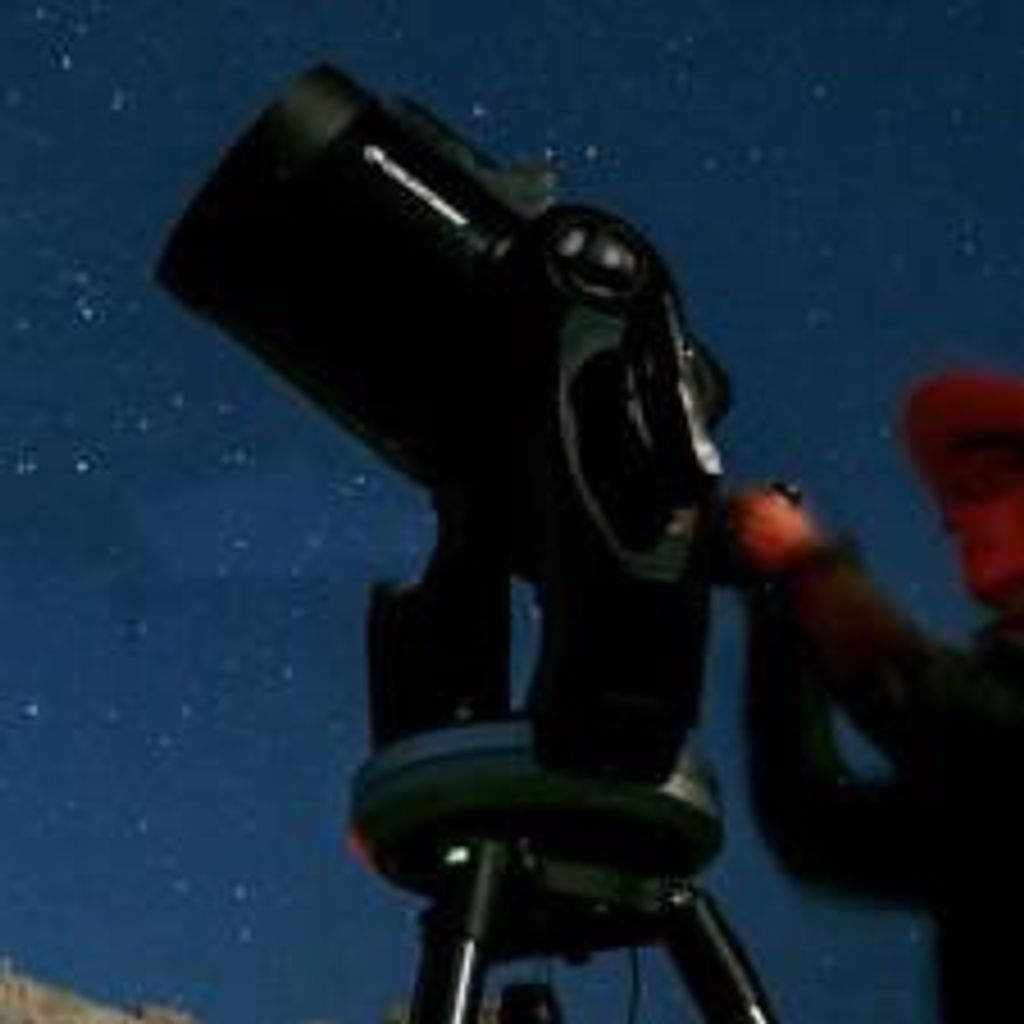“Looking at the images of Pluto, it is truly an amazing feeling to know that you helped make that happen.” New Horizons Mission Operations team member Sarah Hamilton
Ten years ago today NASA’s New Horizons spacecraft rocketed into the sky above the Florida coastline, beginning its long journey into the history books.
The small probe — weighing barely 1,000 pounds – sped from Earth faster than any spacecraft before it, embarking on a 9.5-year voyage across more than 3 billion miles that culminated last summer in the historic first reconnaissance of Pluto and its family of small moons.
“With that flyby New Horizons completed a long-held goal of the scientific community and also five-decade-long quest by NASA to explore all the planets known at the start of the space age,” said New Horizons Principal Investigator Alan Stern, of the Southwest Research Institute, Boulder, Colorado. “And that all got its start 10 years ago today with our launch.”
Today, New Horizons, now far beyond Pluto, continues to send back data from that July 14 flyby, and the detailed views of these strange new worlds have intrigued scientists and the public alike.
We Have Liftoff
New Horizons lifted off from Cape Canaveral at precisely 2 p.m. EST on Jan. 19, 2006, aboard a Lockheed Martin Atlas V launch vehicle specially equipped with a Boeing third stage, making it the most powerful rocket NASA’s science program has used in this century. The rocket sent New Horizons flying from Earth at more than 36,000 miles per hour –the fastest departure of any spacecraft before or since.
Just 13 months later, New Horizons flew past Jupiter, getting a gravity assist that added another 9,000 miles per hour to its pace toward Pluto, and giving the team a chance to train the spacecraft’s instruments on the giant planet and its largest moons. The Jupiter flyby was a mission in itself, helping the team gain flyby experience and producing discoveries that included the first close-up looks at lightning near Jupiter’s poles and the first motion-picture sequence of an erupting volcano on the Jovian moon Io.
The Pluto encounter began in January 2015, with distant images of Pluto and Charon the team used mostly for navigation. As New Horizons sped closer and the Pluto system grew from a pair of tiny white dots into a dynamic, colorful system of worlds, the milestone that seemed so far away on that mild January day was becoming more and more real.

Launch Coverage
Read what some of the world’s media had to say about New Horizons’ launch to Pluto
http://articles.latimes.com/2006/jan/20/science/sci-pluto20
http://www.space.com/1968-reaching-pluto-nasa-launches-probe-solar-system-edge.html
http://www.wired.com/2012/01/jan-19-2006-new-horizons/
http://articles.baltimoresun.com/2006-01-20/news/0601200351_1_solar-system-pluto-new-horizons
http://www.nytimes.com/2006/01/20/science/space/20pluto.html?_r=0
As New Horizons began delivering the data and close-ups of Pluto and Charon – opening the door to a new realm of the solar system – the sense of anticipation that began at launch has given way to a sense of pride and accomplishment.
“Looking at the images of Pluto, it is truly an amazing feeling to know that you helped make that happen,” said Mission Operations team member Sarah Hamilton, of the Johns Hopkins Applied Physics Laboratory in Laurel, Maryland. “When I reflect on the last 10 years it is the team that I think about. The success of this mission truly is a team effort and it’s a privilege to be a part of it.”

